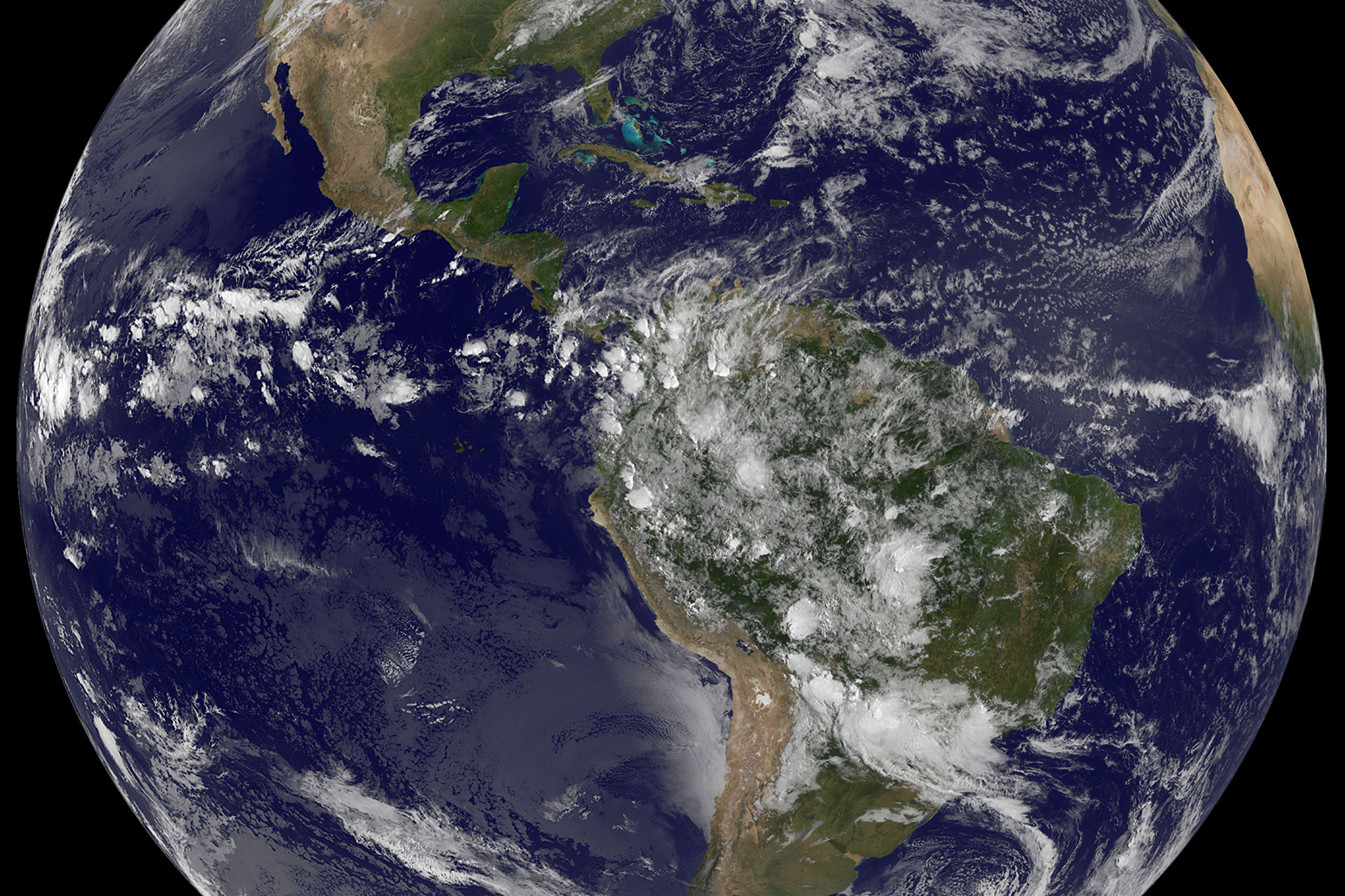

The spatial resolution of SWOT ocean measurements is 10 times greater than the composite of sea surface height data gathered over the same area by seven other satellites: Sentinel-6 Michael Freilich, Jason-3, Sentinel-3A and 3B, Cryosat-2, Altika, and Hai Yang 2B. But traditional altimeters are able to look only at a narrow beam of Earth directly beneath them, unlike KaRIn’s two wide-swath strips that observe sea level as a two-dimensional map.

The instruments-widely used to measure sea level-also bounce radar signals off of Earth’s surface to collect their measurements. Red and orange areas in the images represent sea levels that are higher than the global average, while the shades of blue represent sea levels that are lower than average.įor comparison, the new data is shown alongside sea surface height data (left) taken by space-based instruments called altimeters. The two antennas of SWOT’s Ka-band Radar Interferometer (KaRIn) instrument acquired data that was mapped as a pair of wide, colored strips spanning a total of 75 miles (120 kilometers) across. This image (right), produced with data acquired by SWOT on January 21, 2023, shows sea level in a part of the Gulf Stream off the coast of North Carolina and Virginia. The international Surface Water and Ocean Topography (SWOT) mission-led by NASA and the Centre National d’Études Spatiales (CNES)-has sent back some of its first glimpses of water on the planet’s surface, showing ocean currents like the Gulf Stream in unprecedented detail.


 0 kommentar(er)
0 kommentar(er)
